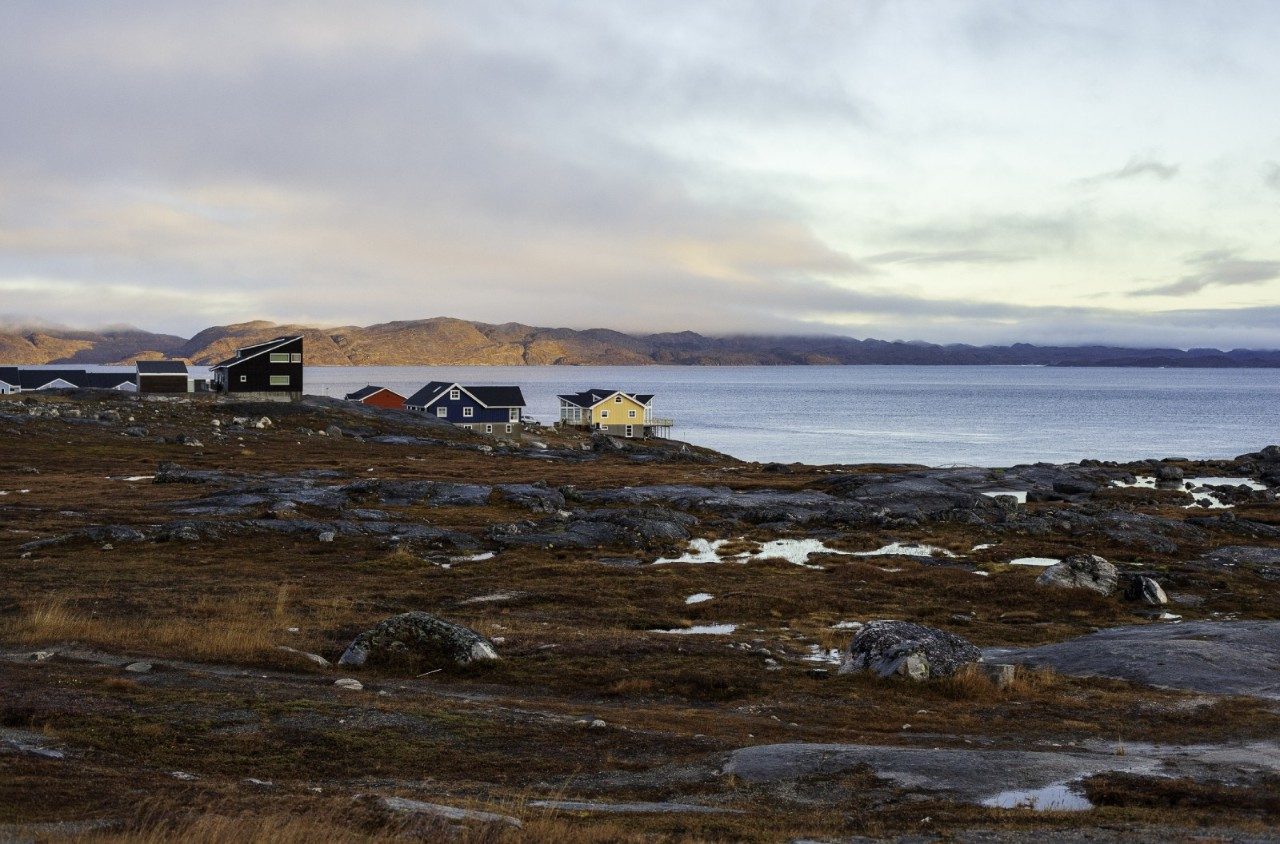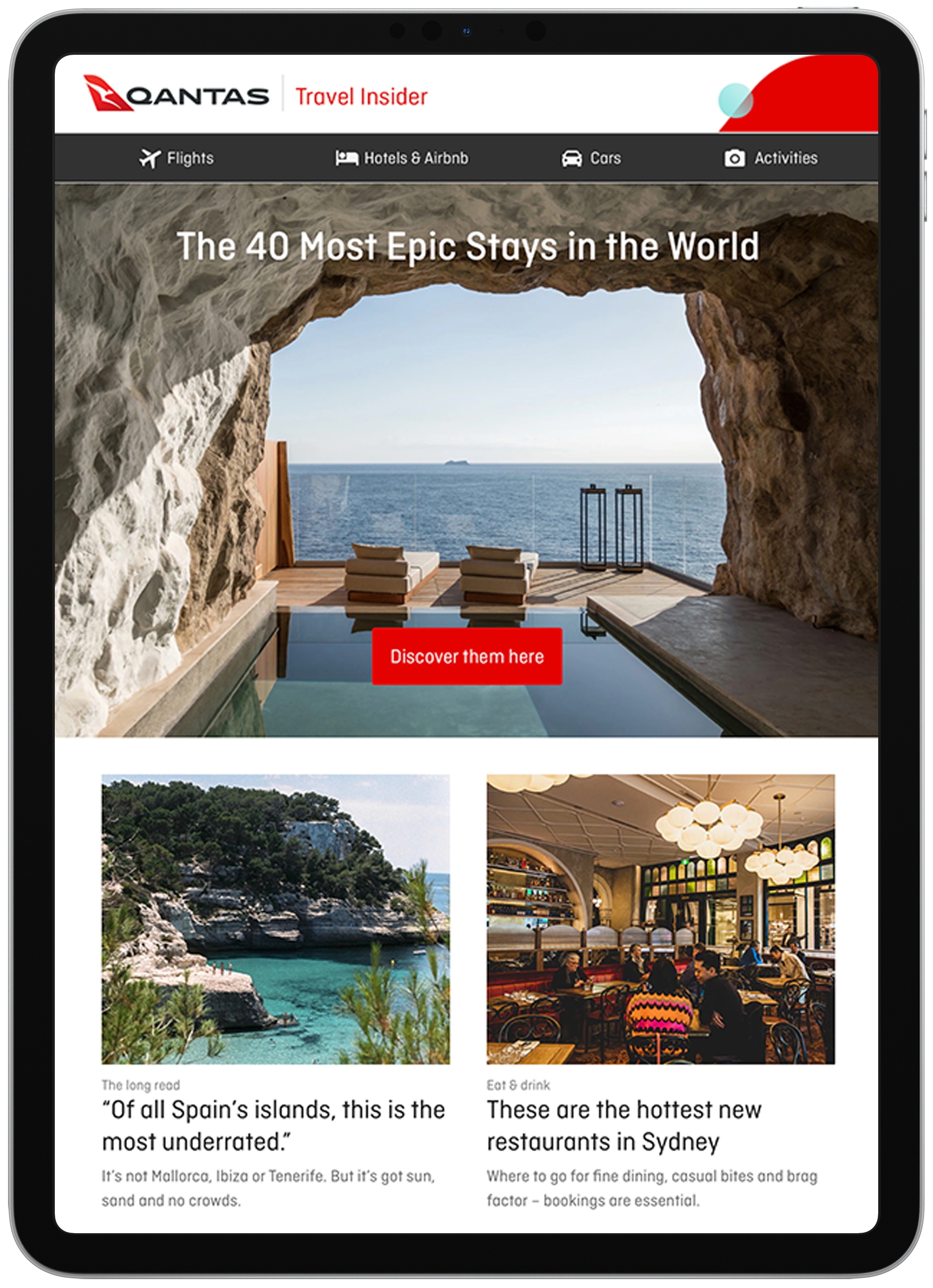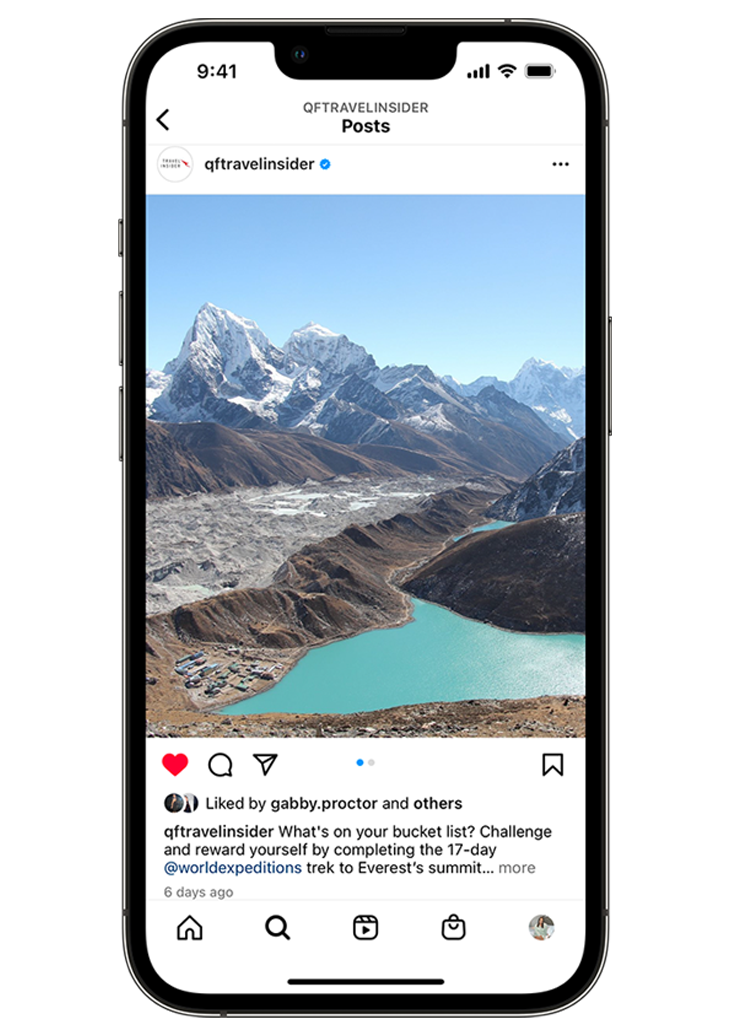Connect With Inuit Culture on an Epic Cruise From Greenland to Canada

Hike rugged landscapes and connect with Inuit culture on a cruise from Greenland to Canada.
“That’s a polar bear,” whispers Maria Merkuratsuk (below), pointing from our ship towards a treeless rock face jutting out of the water. I squint through binoculars and narrowly spot a cream shape that I would have mistaken for a lichen-covered boulder had it not raised its head and stared at me.
“What do we do?”
She nods, grabs the handrail and starts walking towards the bow. “We go to the bridge and let the captain know. We can’t go there.”

Merkuratsuk is one of nine Inuit guides aboard the 138-metre, ice-strengthened Ocean Endeavour. Throughout our 15-day expedition cruise with Adventure Canada – travelling from south-west Greenland across the Davis Strait to Newfoundland and Labrador on Canada’s east coast – she shares her knowledge, personal stories and key words from Inuktitut, her language (nanumik takuvunga, meaning “I see a polar bear”, will prove particularly handy).
It’s autumn in the Arctic and the tundra is alive with juicy blueberries, crowberries and bakeapples begging to be picked, while crisp temperatures hovering around 10°C provide natural air-conditioning for brisk hikes. Fog cloaks the fjords and wind and ice sculpt a land characterised by towering glaciers, jagged mountains and deep inlets.

We board in Greenland at Kangerlussuaq, where the island’s longest airstrip clings to a vast sheet of ice that stretches for a staggering 1.7 million square kilometres. The grey expanse is dimpled with frozen lakes and a faint green glow of the Northern Lights haloes a long, spiny range.
Along for the ride are 176 passengers, 120-odd crew, three researchers in residence and 36 expedition guides, including Merkuratsuk. On the first morning, she lights a qulliq – a crescent-shaped lamp carved from soapstone – as part of an Inuit welcoming ceremony. “There are only around 120,000 Inuit in the world… You have nine with you here right now – quite a concentration,” says Aleqa Hammond (below), who was elected as Greenland’s first female prime minister in 2013 and is here to help guide us through her homeland. “We might be few but trust me when I say, we are very mighty.”

Our itinerary includes fascinating talks on geology, ornithology, architecture, climate change and Arctic politics. By day, I’m constantly on the lookout for wildlife – bears, caribou, seabirds, seals and whales – while evenings play out over beers and sea shanties. The lively night skies keep me out on deck beneath the aurora (or in bed with my jacket on, ready to jump up for the next sighting).
In Kangerlussuatsiaq, which means “the rather big fjord” in Greenlandic, we spot the first iceberg of the voyage. It isn’t white but a glowing sapphire that only gets brighter and brighter as we approach it in a Zodiac. “You’re looking at some really old ice,” says our driver, Garnet Blake. “Hundreds of thousands of years or more.”
As if on cue, a thunderous sound like a sonic boom is followed by an avalanche of ice tumbling down from a skyscraper-high glacier on the horizon ahead. New icebergs, born right before our eyes.

The big draw for many passengers is the Torngat Mountains National Park, situated along the northern tip of Labrador in Canada. So remote are these mountains that only about 600 visitors travel to the area each year. It’s part of the self-governed Nunatsiavut region, given to Canada by the Inuit as a national park, where the land’s cultural and natural heritage remains in their hands.
There are no roads and no towns here. Despite centuries of Inuit habitation, the inuksuit (traditional stone landmarks) and tent rings left from seasonal hunts are the only traces of human presence. Getting here demands commitment – either a long boat journey like ours or a chartered flight – and every visit must be led by Inuit bear guards. They’re the only ones permitted to carry firearms in the park, a crucial last resort.
Before we anchor at Ekortiarsuk Fjord, a team scours the land for any moving specks of white, brown or black. When our first potential landing spot in the park is abandoned because of Merkuratsuk’s polar bear sighting, we instead view the animal at a safe and comfortable distance on a Zodiac and move to a different site across the bay for our land excursion.

We keep busy with a mix of structured activities and open exploration, from searching for ptarmigans and falcons with the resident ornithologist to delving into the unique local plant life with a botanist or simply combing the kelp-strewn beaches on our own, in silence.
I join an advanced hike that takes us to an elevation of about 240 metres, where I look out over a jagged sprawl of bare rock and winding fjords that seem to stretch to Middle Earth. Our group, accompanied by bear guard Wayne Broomfield – an experienced guide from Makkovik, Labrador, who’s taken expeditions around both poles – has no map or agenda. We traverse rugged, treeless cliffs and plunging valleys, where the ground, dense with resilient flora, at times feels like a natural trampoline, buoying each step.
Broomfield paces steadily ahead, eyes scanning for wildlife and a safe way to navigate the terrain. He bends down briefly on a slope to pluck some clover-like mountain sorrel. “This is packed with vitamin C,” he says, popping it into his mouth. I follow suit, letting the tartness linger on my tongue. Apart from the odd forage, we’re instructed to leave everything here untouched. We spend four blissful days in the park trekking to hidden ridges, motoring through echoing gorges, skirting waterfalls that tumble from cliff faces and absorbing the untamed expanse.
At day’s end, the ship’s bar, stocked with pilsners and IPAs from a Newfoundland microbrewery, buzzes with the exchange of stories. One group saw a caribou and calf so close to their boat they could hear the hooves clapping against the pebbles. Another was greeted by a pod of dolphins. Yet another watched black bears roam the opposite shore while filling water bottles by the edge of Eclipse Lake before tracing fresh polar bear tracks.

On the outskirts of the park, Hebron was once a thriving community that became a ghost town after its residents were forcibly relocated in 1959 due to government policies rooted in economic and social assimilation. Sailing further south, the landscape is more vibrant, like an abstract canvas. Hues of rust and amber sweep across the low tundra, with grasses and hardy plants clinging to the rocky ground. I gaze at the shell of a former building, its grey, weathered frame melting like a Dalí painting.
Our last stop in Nunatsiavut is the administrative capital, Nain, a town of some 1200 people and the northernmost settlement in Labrador. We spend the morning at the local school, where two young Inuit girls perform throat songs, their chants rhythmically intertwining so seamlessly it’s hard to tell where one ends and the other begins.
I hike up to a clearing on a hill overlooking clusters of colourful wooden houses and the striking Illusuak Cultural Centre (above), which curves gracefully along the harbour like an extension of the waves. Yellow and green spruce stretch to the sky, the soft ground beneath covered in Labrador tea plants that release an earthy, herbal scent every time my boot presses down. I look out over the land to the boat in the distance. One of the new words that I’ve learnt springs to mind. Silakisuak. What a fine day.



